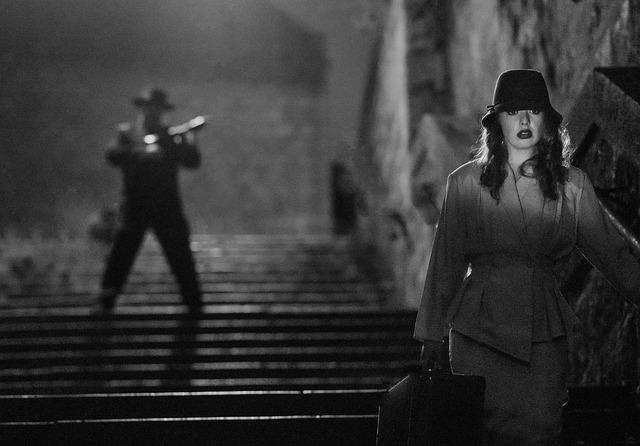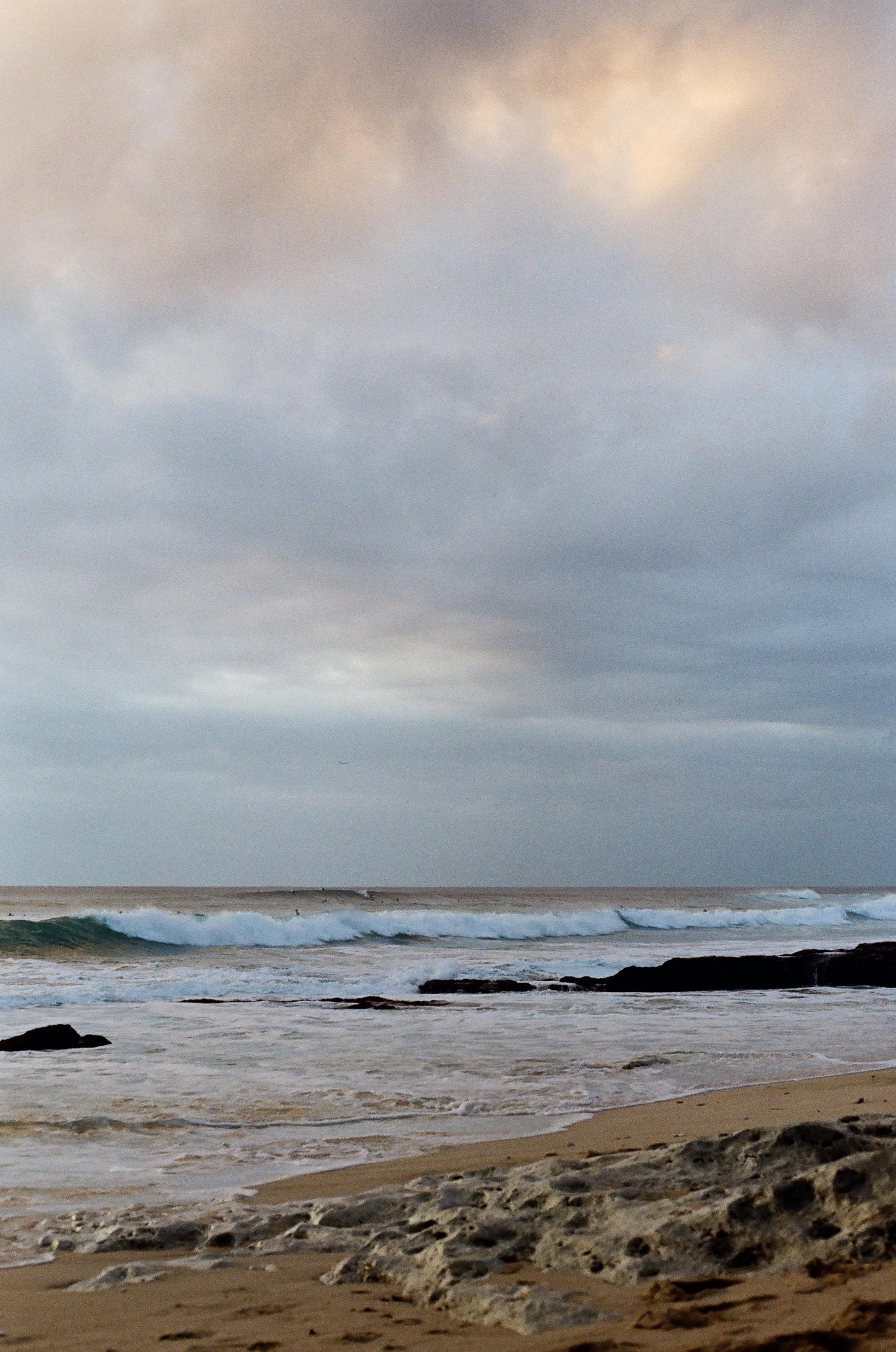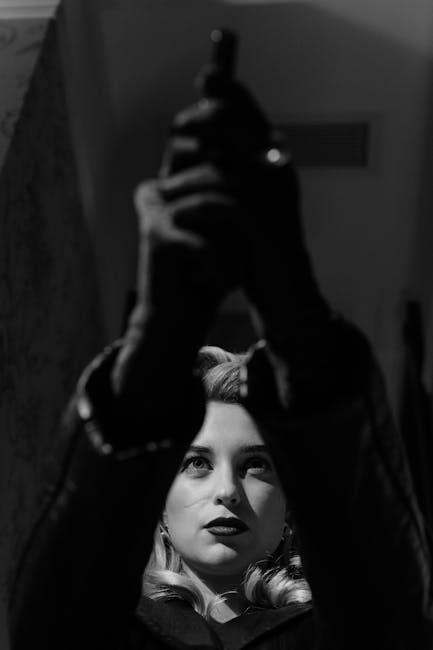Film noir, with its shadow-laden streets and morally complex narratives, has long captivated audiences seeking a deeper, more nuanced exploration of crime and human nature. This genre, emerging in the early 1940s, offers a cinematic experience that is both aesthetically striking and intellectually engaging. For classic crime aficionados, film noir presents a treasure trove of gritty tales and unforgettable characters, each story meticulously crafted to challenge perceptions and evoke introspection. In this article, we delve into the quintessential film noir recommendations that exemplify the genre’s unique blend of style and substance, providing a guide for those eager to explore its timeless allure. With a confident lens, we unravel the intricate tapestries of deception, desire, and despair that define these cinematic masterpieces, ensuring that both seasoned viewers and newcomers can appreciate the enduring impact of film noir.
Exploring the Dark Allure of Film Noir
The shadowy world of film noir captivates with its intricate plots, morally ambiguous characters, and stark, high-contrast cinematography. These films often blur the line between right and wrong, creating a seductive atmosphere of tension and intrigue. With their unique blend of crime, mystery, and existential themes, film noir classics continue to mesmerize audiences, offering a timeless exploration of human nature’s darker side.
- “Double Indemnity” (1944): This quintessential noir film, directed by Billy Wilder, delves into themes of greed and betrayal. Its gripping narrative and sharp dialogue make it a must-watch for any classic crime aficionado.
- “The Maltese Falcon” (1941): John Huston’s masterpiece, starring Humphrey Bogart, is a labyrinthine tale of deception and ambition. The film’s intricate plot and iconic performances have solidified its status as a cornerstone of the genre.
- “Sunset Boulevard” (1950): A haunting portrayal of faded glory and obsession, this film offers a poignant commentary on the darker side of Hollywood. Its striking visuals and unforgettable characters remain a powerful testament to noir’s enduring appeal.

Iconic Characters and Their Impact on Crime Cinema
Film noir is celebrated for its unforgettable characters who embody the complexities of crime and morality. These iconic figures not only drive the narratives but also shape the genre’s distinctive style. Humphrey Bogart’s portrayal of Sam Spade in “The Maltese Falcon” set the standard for the hard-boiled detective, with his sharp wit and moral ambiguity. Barbara Stanwyck’s Phyllis Dietrichson in “Double Indemnity” remains a quintessential femme fatale, using her allure to manipulate and deceive. These characters have left a lasting impact, influencing countless films and solidifying noir’s place in cinema history.
Their influence can be seen in various elements:
- Character Archetypes: The cynical detective, the seductive femme fatale, and the doomed anti-hero are staples that continue to captivate audiences.
- Visual Style: The interplay of light and shadow, often mirroring the moral dilemmas faced by these characters, defines the aesthetic of noir.
- Narrative Complexity: Twists and moral quandaries driven by these enigmatic figures keep viewers engaged and reflective.
Cinematic Techniques That Define the Genre
Film noir captivates audiences through a distinctive blend of visual and narrative techniques that have become synonymous with the genre. One of the most defining elements is its use of chiaroscuro lighting. This dramatic interplay of light and shadow not only heightens tension but also mirrors the moral ambiguity of the characters. The stark contrasts are often employed to symbolize the duality of human nature, casting characters into an ethereal dance between darkness and light.
Another hallmark is the unconventional camera angles that create a sense of unease and disorientation. These perspectives often reflect the psychological turmoil of the protagonists, drawing viewers into their fractured world. Additionally, film noir frequently utilizes voice-over narration to provide insight into the character’s internal conflicts, adding layers of complexity to the narrative. The combination of these techniques crafts a rich tapestry that defines the genre, making it an enduring favorite among classic crime enthusiasts.
- Chiaroscuro Lighting
- Unconventional Camera Angles
- Voice-Over Narration

Essential Noir Films Every Enthusiast Must Watch
Dive into the shadowy world of film noir, where moral ambiguity and stark contrasts create a mesmerizing tapestry of crime and mystery. For aficionados of this classic genre, several films stand out as quintessential viewing experiences. “Double Indemnity” (1944), directed by Billy Wilder, is a masterclass in suspense and betrayal, showcasing the lethal dance between an insurance salesman and a cunning femme fatale. Equally gripping is “The Maltese Falcon” (1941), where Humphrey Bogart’s portrayal of the hard-boiled detective Sam Spade set the standard for all noir protagonists.
- “Sunset Boulevard” (1950): A haunting exploration of Hollywood’s dark underbelly.
- “The Big Sleep” (1946): A complex narrative that challenges viewers to untangle its intricate plot.
- “Touch of Evil” (1958): Orson Welles delivers a visually stunning masterpiece, rich with tension and atmosphere.
Each of these films encapsulates the essence of noir, with their brooding atmospheres, flawed characters, and morally complex narratives. Whether you’re revisiting these classics or experiencing them for the first time, they promise a captivating journey into the darker corners of cinema.

